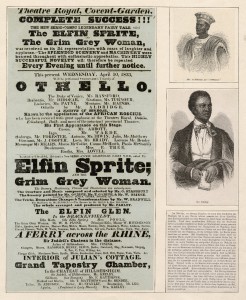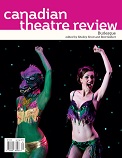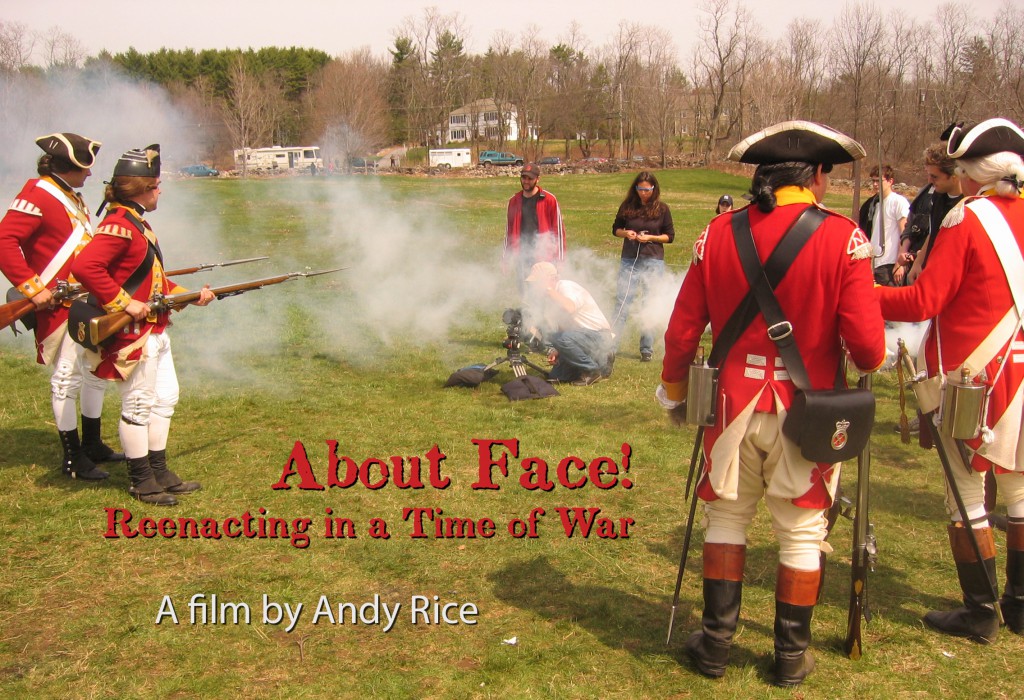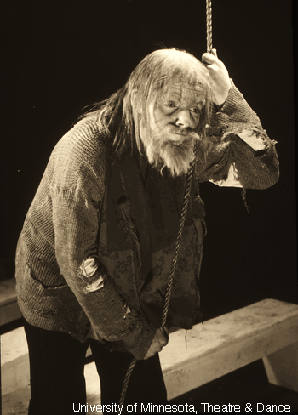Participants at the Theatre History and Theatre as a Liberal Art Focus Group Preconference “Dreaming of Theatre History: Pedagogy in the Trenches” met at the ATHE conference in Scottsdale in July 2014 to address the challenges faced in teaching theatre history in higher education through papers and roundtable discussions. Preconference Co-Organizers James Brandon and Jeanne Wilcoxon report.
Representing large research universities, two-year community colleges and small liberal arts institutions, participants clearly faced different challenges based on institutional support and departmental mission (e.g., a small department that only has the resources to offer one hybrid course of theatre history, literature and theory confronts different curricular questions than a department that can offer a dedicated theatre history sequence of four courses) but shared concerns about the state of theatre history and pedagogy in higher education. While several of these shared concerns are familiar from past discussions on this subject (e.g., is a topical or chronological approach more effective in teaching theatre history?), the challenge of teaching underprepared and unengaged students, working with technology in the classroom and surviving in the current neoliberal landscape of higher education, are recent and vital concerns that animated discussion throughout the preconference.
Advocating “embodied practices” and project-based work in the classroom as being both a solution to the problem of student disengagement and as particularly appropriate to the discipline of theatre, panelists presented assignments designed to energize the classroom as a space of creative inquiry. Their assignments, which taught students to think critically about the process of making history and actively analyze historical event and text through creative performances and productions (v. more traditional reading and research assignments), provoked discussion on how far we should focus on sparking student engagement. Are we, in our efforts to engage, diminishing the rich and difficult labor of learning, a process that does and should challenge comfort levels? Given that our participants ranged from tenured professors to adjuncts and graduate teaching assistants, a very real concern voiced was the impact of the student course evaluation on the career of the instructor: a poor evaluation from a disgruntled “consumer” could potentially lead to the instructor’s dismissal. In the current corporate climate of higher education, how can we resist the conceptualization of the student as consumer who is satisfied only when sufficiently amused (the professor as entertainer)? Yet, as was a theme throughout the larger ATHE conference, how can we still reach out to engage students in a process of learning v. simply reiterate classroom practices that, by failing to engage students, fail to teach?
Several papers asked us to rethink how we teach theatre history. Challenging both topical and chronological approaches, Rick Jones from Stephen F. Austin State University proposed “teaching theatre history backwards,” leading students to discover the connections to the past that animate the present through a genealogical organization of the theatre history course. Two papers addressed how we can use the web as a communal learning space for students (e.g., group dramaturgical projects on the web as a way to share student work) and as an online archival resource for our courses. At the same time, there was discussion on the potential costs of using that technology: increased institutional spending to hire IT staff and purchase up-to-date technology, as well as the time required inside and outside the classroom for students and faculty members to learn constantly evolving technology.
At the heart of this preconference was the question of what must be, and can only be, taught to our students through the teaching of theatre history. Why is learning theatre history necessary for the theatre major and for the general education of the non-major? While discussion often centered on the designated theatre history course, the process of historicization, which is political in its insistent revelation of change and the possibility of change, can be and, for several participants, is taught in a wide range of theatre or performance courses. However, some participants, still facing the challenge of convincing colleagues that the discipline of theatre can be an integrated study of both practice and theory, are fighting to even keep a course on theatre history in the curriculum for the theatre major. James Brandon (Hillsdale College) and Mark E. Lococo (Loyola University) offered strategies and rationales for placing theatre history at the core of the theatre major in their institutions.
Perhaps because the theatre history course itself is in danger of elimination, or perhaps because the topical approach to teaching theatre history has allowed for a cracking of the previously pervasive Eurocentric canon, the provincialism that Marvin Carlson and Steve Tillis have criticized in the American teaching of theatre history, and the cultural elitism in theatre studies cited by, among others, David Savran and Stacy Wolf, did not figure largely in the discussions[1]. While textbooks and anthologies, usual suspects of discussion, dropped out of the conversation, there was debate about the centrality of plays to the theatre history course. Could a course be taught without plays, focusing instead on primary documents that would teach students the history through examining the material practice of making theatre? This returned us to the question of institutional support and resources. For several participants, due to budgetary cuts, the theatre history course is also the dramatic literature course (or, in one case, the film and media studies course). Interestingly, Marvin Carlson’s plea two decades ago to give up the battle for disciplinary “turf” is being answered today through the forced revamping of curriculum and the reorganization of fine arts departments into interdisciplinary units.[2] However, participants echoed Carlson’s attendant warning in that same essay: if we aren’t able to “clearly say what distinguishes theatre history” from other histories, we are in danger of having administrators make that definition and, potentially, erase that practice from the ever-more-arid landscape of higher education.
Co-organizers:
James Brandon (Hillsdale College) and Jeanne Willcoxon (St. Olaf College)
Note: a more extensive version of this report can be found at the Theatre History Focus Group blog on the ATHE website.
[1] See: Tillis, Steve (March 2007). “Remapping Theatre History.” Theatre Topics 17 (1): 1-19; Tillis, Steve (November 2012). “The Case Against World Theatre History.” New Theatre Quarterly 28 (4): 379-391; Carlson, Marvin (November 2004). “Become Less Provincial.” Theatre Survey 45 (2): 177-180; Savran, David (November 2004). “Towards a Historiography of the Popular.” Theatre Survey 45 (2): 211-217; Wolf, Stacy (March 2007). “In Defense of Pleasure: Musical Theatre History in the Liberal Arts [A Manifesto].” Theatre Topics 17 (1): 51-60.
[2] Carlson, Marvin (Summer 1995). “Theatre History, Methodology and Distinctive Features.” Theatre Research International 20 (2): 90-96.
{ 0 comments }




